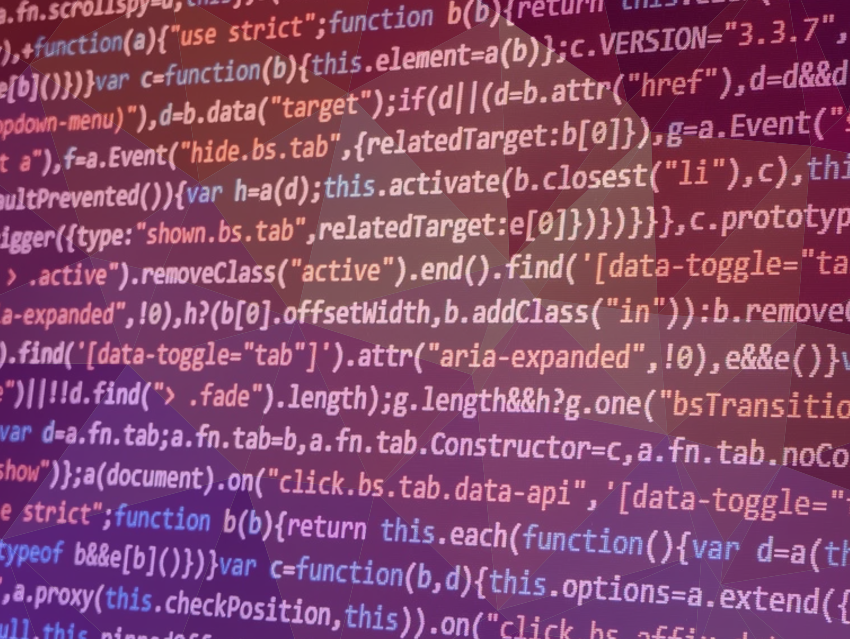More than 90 % of cancer patients do not die from the consequences of the primary tumor but the metastases. How and why certain tumors spread and others do not, and how the metastases spread in different types of cancer, is still only partially known.
Ali Ertürk, Helmholtz Zentrum München, Germany, and colleagues have developed a method to detect even the smallest metastases down to individual cancer cells in experimental mice. First, the scientists use tissue clearing to make the mouse tissue transparent. They then scan the entire body with a laser scanning microscope.
Second, they developed a deep learning algorithm, named DeepMACT. It automatically detects and analyzes cancer metastases and maps the distribution of therapeutic antibodies. The DeepMACT detects the metastases with an accuracy comparable to that of a human expert, but it is more than 300 times faster.
According to the researchers, DeepMACT is the first method that allows a quantitative analysis of the metastatic process on a full-body scale. Scientists now have a tool with which they can assess the effectiveness of clinical cancer therapies using tumor-specific monoclonal antibodies.
As a representative example, the team used DeepMACT to quantify the effectiveness of the therapeutic antibody 6A10, which has been shown to reduce tumor growth. However, the new results showed that this antibody can miss up to 23 % of the metastases in the bodies of the affected mice.
- Deep Learning Reveals Cancer Metastasis and Therapeutic Antibody Targeting in the Entire Body,
Chenchen Pan, Oliver Schoppe, Arnaldo Parra-Damas, Ruiyao Cai, Mihail Ivilinov Todorov, Gabor Gondi, Bettina von Neubeck, Nuray Böğürcü-Seidel, Sascha Seidel, Katia Sleiman, Christian Veltkamp, Benjamin Förstera, Hongcheng Mai, Zhouyi Rong, Omelyan Trompak, Alireza Ghasemigharagoz, Madita Alice Reimer, Angel M. Cuesta, Javier Coronel, Irmela Jeremias, Dieter Saur, Amparo Acker-Palmer, Till Acker, Boyan K. Garvalov, Bjoern Menze, Reinhard Zeidler, Ali Ertürk,
Cell 2019.
https://doi.org/10.1016/j.cell.2019.11.013



